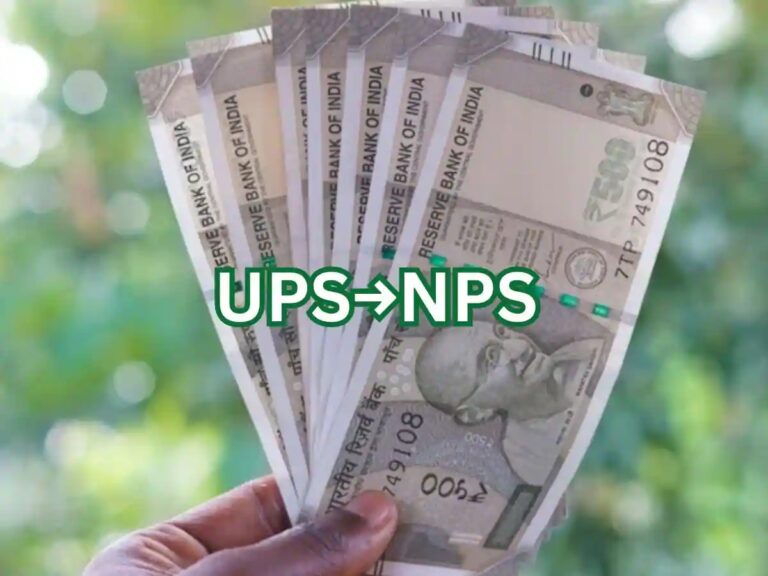
Central Government Employees Await Major Salary Revisions and Pension Updates
The 8th Pay Commission, a pivotal initiative for central government employees and pensioners in India, is poised to reshape the compensation framework after a decade. Expected to unveil transformative changes by January 2026, the commission aims to address long-standing disparities in the pay structure, offering a potential 30-34% salary hike for millions. This overhaul, covering over 50 lakh active employees and 65 lakh pensioners, will introduce a revised pay matrix, updated allowances, and a new fitment factor. While the exact implementation date remains pending, the government has outlined a roadmap that includes resetting dearness allowance to zero and recalibrating the current pay scale to align with modern economic standards. This comprehensive review could mark a historic shift in public sector compensation, balancing fiscal responsibility with employee welfare.
Historical Context and Structural Reforms
Over the past two decades, the pay structure for central government employees has undergone significant evolution, driven by the mandates of the 6th and 7th Pay Commissions. The 6th Pay Commission (2008) introduced pay bands and grade pay systems, replacing rigid fixed pay scales, while the 7th Pay Commission (2017) established a structured pay matrix with 13 levels, streamlining salary progression. The 8th Pay Commission, set to succeed this framework, is anticipated to address gaps in the current system, such as outdated allowances and inequitable grade pay. Key reforms may include adjusting the fitment factor, which could range between 1.83 and 2.46, and overhauling the dearness allowance mechanism. These changes are expected to ensure a more equitable distribution of resources while maintaining fiscal sustainability.
Projected Salary Increases and Financial Implications
The potential salary hikes under the 8th Pay Commission could have far-reaching economic implications. Estimates suggest that the proposed revisions might cost the central government approximately Rs 1.8 lakh crore annually, reflecting the scale of the reforms. For instance, employees in the lowest pay matrix level (Level 1) could see their basic salary jump from Rs 18,000 to Rs 21,600, while those at the highest level (Level 18) might receive a 35% increase, raising their salary from Rs 2,50,000 to Rs 3,00,000. The commission’s recommendations are also expected to address pension revisions, with beneficiaries potentially seeing a 20-35% boost in their retirement benefits. These adjustments are projected to improve living standards for millions but will require careful fiscal planning to balance the budgetary impact.
Implementation Timeline and Impact on Workforce
The 8th Pay Commission’s recommendations are slated for implementation on 1 January 2026, following the customary 10-year gap between successive commissions. This timeline allows for thorough analysis of the proposed changes and ensures a smooth transition for the workforce. The reforms are expected to benefit a wide range of professionals, including defense personnel, administrative staff, and technical experts, while also addressing the needs of pensioners. By revising the fitment factor and introducing a more flexible pay matrix, the commission aims to create a compensation structure that is both equitable and adaptable to future economic conditions. The final recommendations, once approved, are likely to set a new benchmark for public sector salaries and pensions in India.
Future Outlook and Broader Implications
The 8th Pay Commission’s proposed reforms represent a significant step towards modernizing the public sector workforce. By addressing structural inefficiencies and aligning salaries with current economic realities, the commission aims to enhance employee satisfaction, productivity, and retention. However, the success of these reforms will depend on the government’s ability to manage the financial burden while ensuring the long-term viability of the pension system. As the commission finalizes its recommendations, stakeholders across the public sector will be closely monitoring the outcomes, anticipating a paradigm shift in how compensation is structured and administered in India’s central government.



